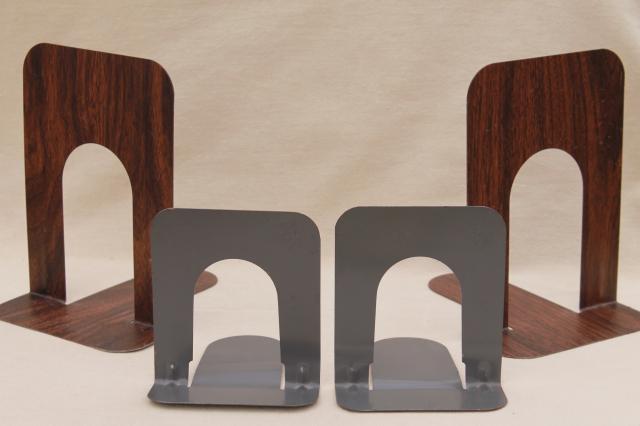

The Routledge's Railway Library series of paperbacks remained in print until 1898, and offered the traveling public 1,277 unique titles. These paper bound volumes were offered for sale at a fraction of the historical cost of a book, and were of a smaller format, 110 mm × 178 mm ( 4 + 3⁄ 8 in × 7 in), aimed at the railway traveller. Smith & Sons newsagent found at most urban British railway stations. These innovations enabled the likes of Simms and McIntyre of Belfast, Routledge & Sons (founded in 1836) and Ward & Lock (founded in 1854) to mass-produce cheap uniform yellowback or paperback editions of existing works, and distribute and sell them across the British Isles, principally via the ubiquitous W. The early 19th century saw numerous improvements in the printing, publishing and book-distribution processes, with the introduction of steam-powered printing presses, pulp mills, automatic type setting, and a network of railways. Best-selling books, on the other hand, may maintain sales in hardcover for an extended period to reap the greater profits that the hardcovers provide. First editions of many modern books, especially genre fiction, are issued in paperback. Since paperbacks tend to have a smaller profit margin, many publishers try to balance the profit to be made by selling fewer hardcovers against the potential profit to be made by selling more paperbacks with a smaller profit per unit. Examples include many novels and newer editions or reprintings of older books. Paperbacks can be the preferred medium when a book is not expected to be a major seller or where the publisher wishes to release a book without putting forth a large investment.

Cheaper, lower quality paper, glued (rather than stapled or sewn) bindings, and the lack of a hard cover may contribute to the lower cost of paperbacks. Paperback editions of books are issued when a publisher decides to release a book in a low-cost format. In the U.K., there are A-format, B-format, and the largest C-format sizes. In the U.S., there are " mass-market paperbacks" and larger, more durable " trade paperbacks". Modern paperbacks can be differentiated by size. Inexpensive books bound in paper have existed since at least the 19th century in such forms as pamphlets, yellowbacks, dime novels, and airport novels. The pages on the inside of a paperback are made of paper. In contrast, hardcover or hardback books are bound with cardboard covered with cloth, plastic, or leather. Among Wegner’s highly sought after chair designs are the Wishbone chair, Round chair, and Shell chair.A paperback, also known as a softcover or softback, is a type of book characterized by a thick paper or paperboard cover, and often held together with glue rather than stitches or staples. Wegner left a legacy of over 500 chair designs that went into production and more than 3,500 drawings of furniture – most never produced. Wegner is now worldly recognized as one of the pioneer designers of the Mid-Century Danish Modern movement and one of the most influential of the mid-20th century furniture design period. Historic furniture styles including the English Windsor chair, rustic American Shaker furniture, and 17th Century Chinese chairs were part of his influences and inspiration. This experience motivated Wegner to open his office in 1943 and start designing home furniture and some office pieces in which he utilized measurement studies and dimensional analysis to create.

After his studies, Wegner joined Arne Jacobsen and Erick Møller and helped to design the new City Hall in Aarhus in 1940. He decided to attend the School of Arts and Crafts in 1936.

This exhibition gave Wegner an idea of what he could be capable of designing. When he visited Copenhagen to fulfill his military service, Wegner saw the annual exhibitions of the Copenhagen Cabinetmakers’ Guild, a trade exhibition where some of the best carpenters and architects of the time got invited, and realized that he needed to improve his skills considerably before he could open his own workshop. Stahlberg, Wegner designed his first chair at the age of 17 in 1931. He believed the versatility and functionality of his designs were as vital as the aesthetic of them, which is visible in every Hans Wegner furniture piece.īorn in Tønder, a southern Denmark town, Wegner discovered he had a talent in woodworking at an early age. He was a furniture designer and a modernist that emphasized the practicality and uniqueness in each piece that he crafted. Best known as ‘the Master of the Chairs,' Wegner created fascinating modern furniture that was both innovative and experimental.


 0 kommentar(er)
0 kommentar(er)
